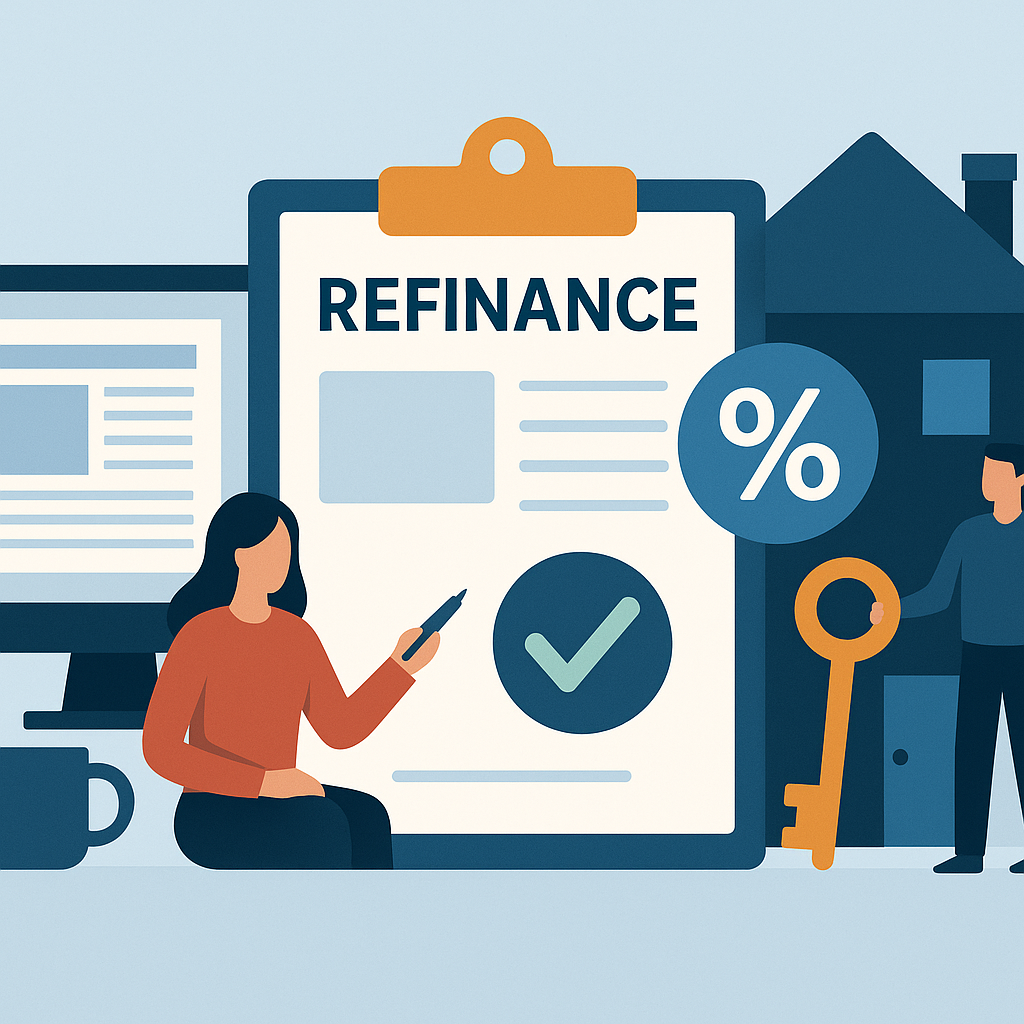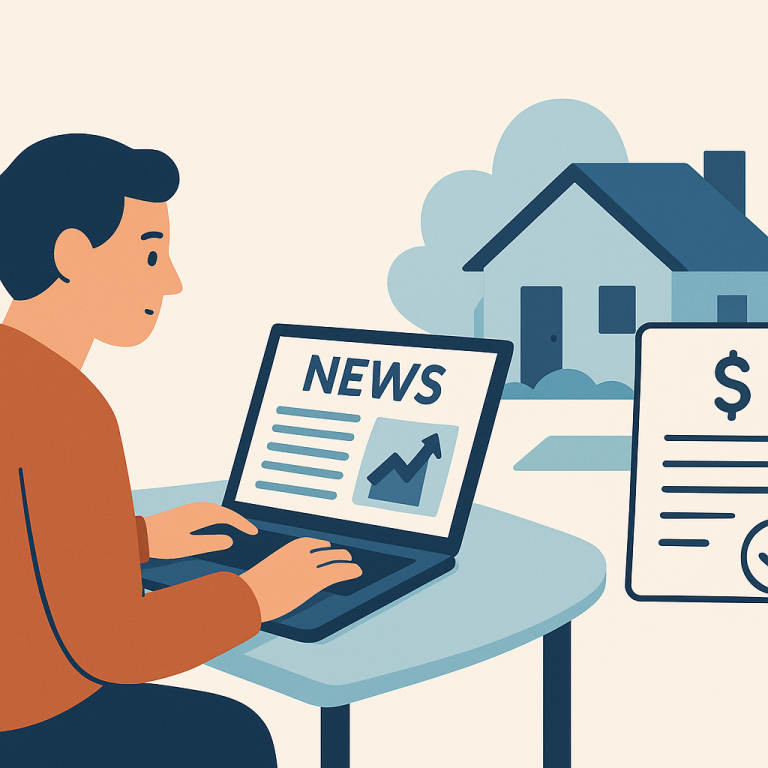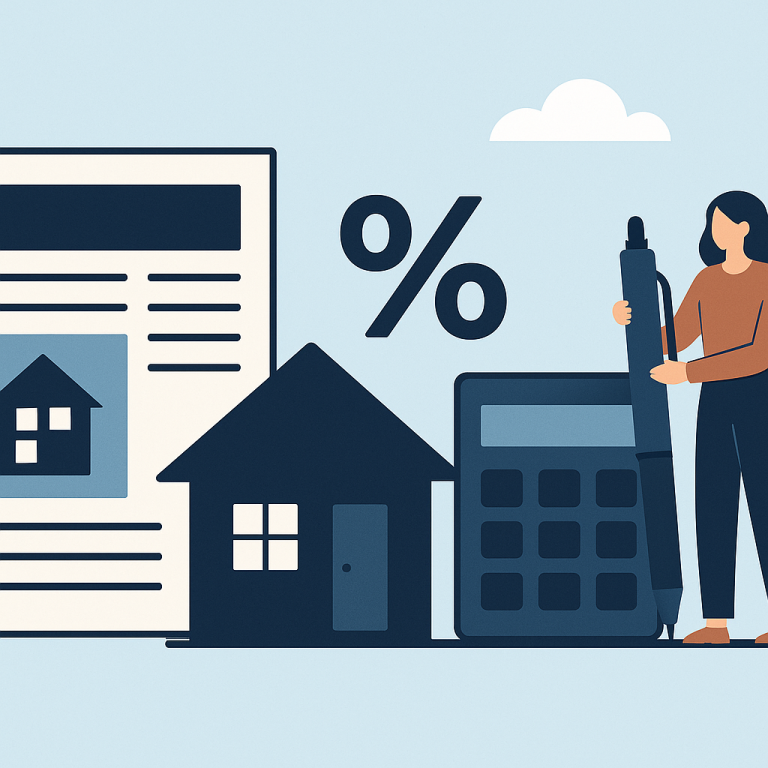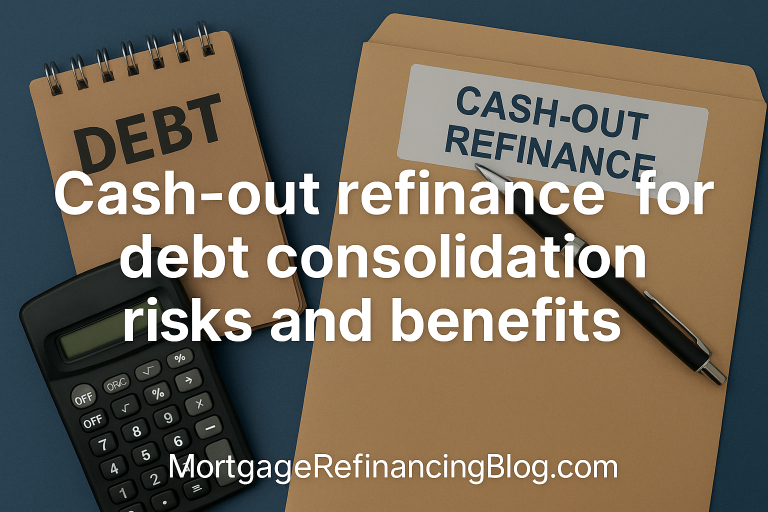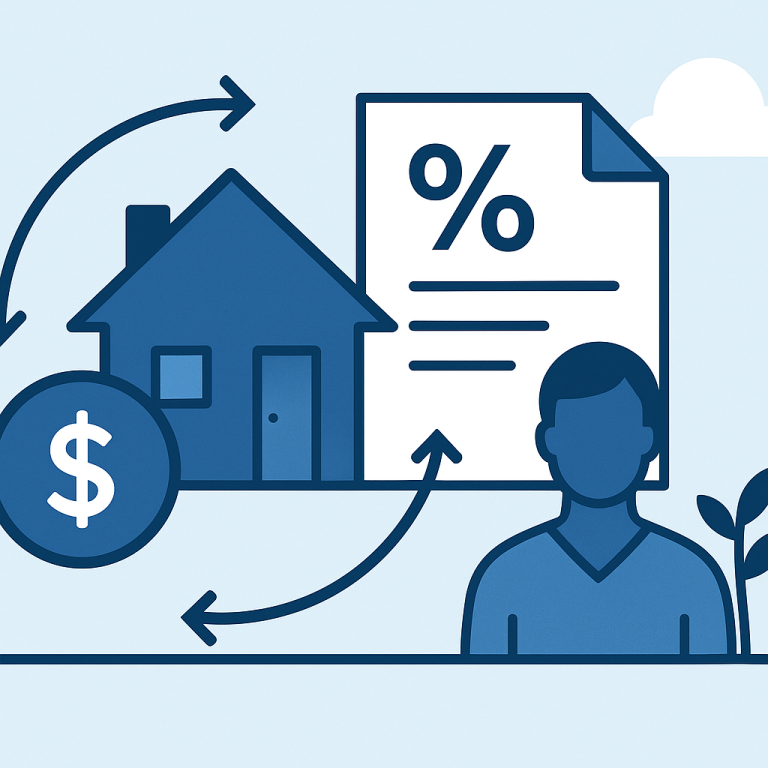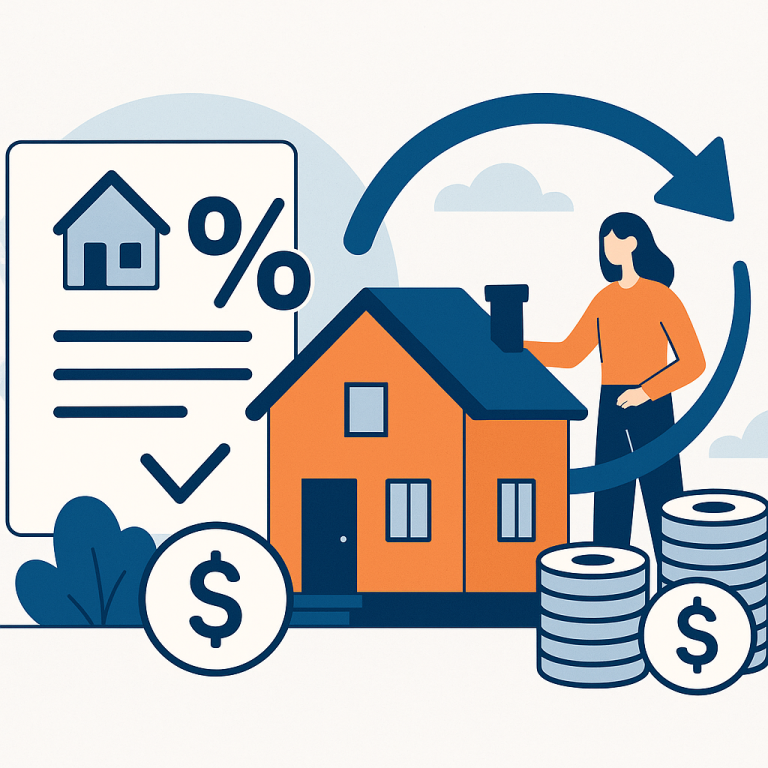Refinance Applications Surge 18% As 30-Year Mortgage Rates Fall
At a glance: The latest mortgage rate drop and how it could affect refinancing decisions.
Mortgage rates have moved lower. That can improve affordability and may reopen refinance options for borrowers whose current rate is above today’s quotes.
What the Rate Drop Means for Borrowers
As mortgage markets shift, homeowners facing a refinance decision increasingly weigh term reduction — moving from a 30-year to a 15- or 20-year mortgage — as a strategic alternative to refinancing solely for a lower monthly payment. Shortening the loan term can materially reduce total interest paid and accelerate equity building, but it also usually raises the monthly payment. Understanding the trade-offs and the factors that determine net benefit is essential for homeowners considering this path.
Term-reduction refinancing is most compelling when the rate on the new, shorter loan is meaningfully lower than the current rate or when a homeowner values faster principal paydown. Because shorter-term mortgages tend to carry lower rates than longer-term loans, borrowers who can afford the higher monthly payment may save substantially in interest over the life of the loan without necessarily relying on the smallest possible rate available at any given moment.
Key variables that determine whether a term reduction makes sense include the remaining balance and remaining term on the existing mortgage, the closing costs of the refinance, the difference between the current and prospective interest rates, and the homeowner’s cash-flow tolerance. A large rate gap or a relatively recent original loan increases the likelihood that a refinance to a shorter term will produce favorable long-term savings after accounting for transaction costs.
Homeowners should run a few scenarios before deciding. Compare current monthly payment and cumulative interest to the projected figures under a shorter-term refinance, include closing costs in the calculation, and determine the break-even horizon — the point at which cumulative savings exceed upfront expense. If the homeowner plans to stay in the property beyond the break-even point, a term-reduction refinance is more likely to be advantageous.
Other considerations can influence the decision. Switching to a shorter term can strengthen equity-building, which matters for future sale, home equity lines, or protection against market declines. Conversely, the higher monthly payment could constrain other financial goals or increase vulnerability to income shocks. Tax effects also vary by household; while mortgage interest remains deductible in many cases, lower interest payments reduce that potential deduction.
Credit profile and documentation readiness affect both access to favorable pricing and the speed of closing. Borrowers with stronger credit and stable income typically secure better terms and lower costs. Timing matters too: locking a rate at an opportune moment and arranging a closing that aligns with the homeowner’s budgetary cycles can prevent payment surprises.
Homeowner Takeaways
- Run a break-even analysis that includes closing costs and the projected time you expect to remain in the home.
- Compare total interest paid over the life of the new loan, not just the new monthly payment, to evaluate long-term savings.
- Assess whether you can comfortably absorb the higher monthly payment and maintain emergency savings and other financial priorities.
- Gather documents and check credit to improve your chances of better pricing and smoother closing.
- Consider alternative refinances (rate-and-term or cash-out) if short-term affordability is a primary concern.
Refinancing to a shorter term can be an effective strategy to reduce lifetime interest and accelerate equity accumulation, but it is not universally optimal. Homeowners should weigh monthly affordability, transaction costs, expected tenure in the home, and broader financial goals before proceeding. Running clear scenarios and consulting a lender for specific quotes will help translate the strategy into a concrete decision.
META: refinancing,term-reduction,homeowner-guidance,break-even-analysis

